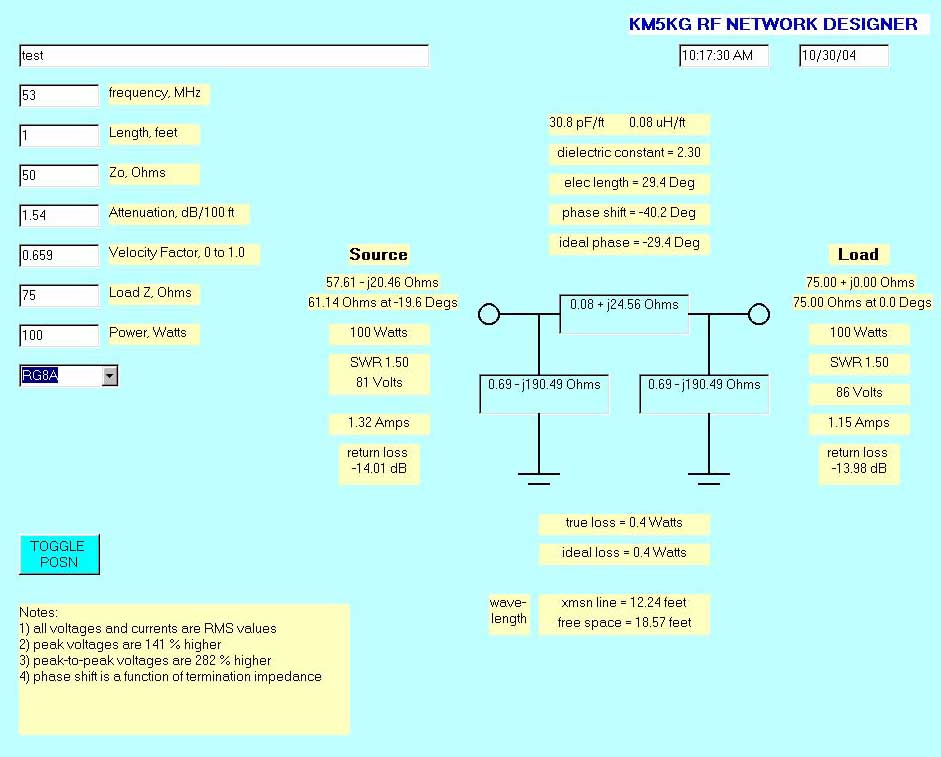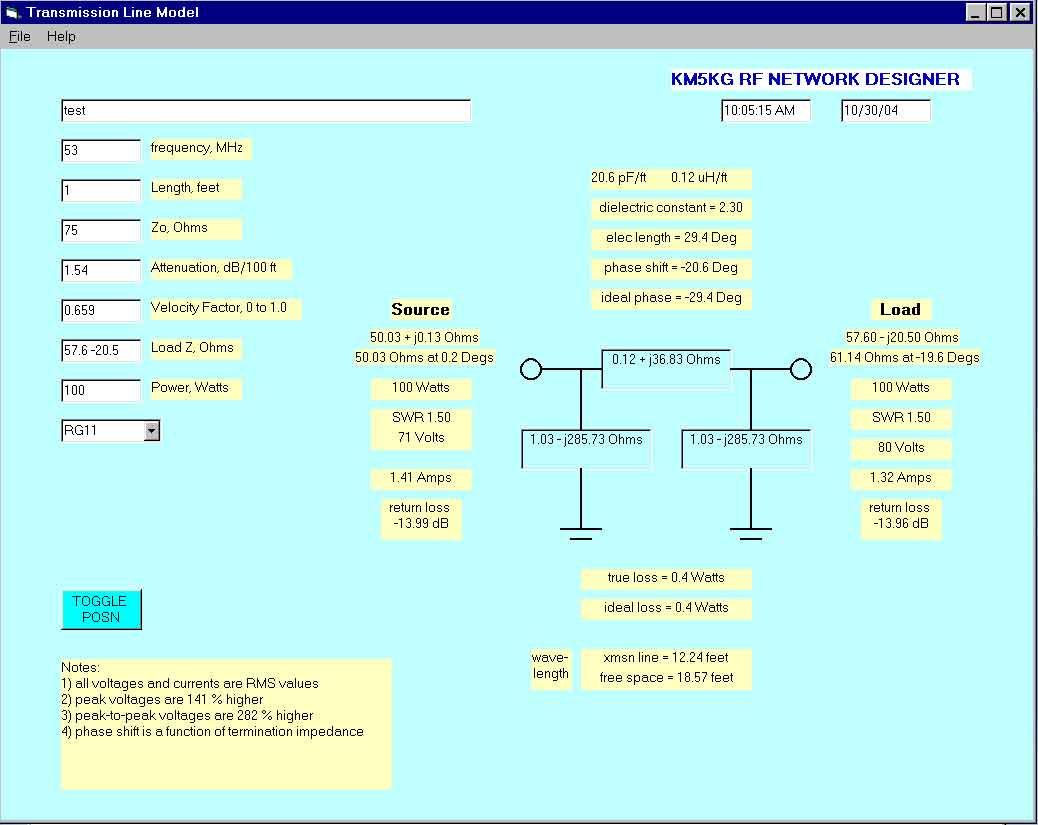Non-synchronous transmission line transformers can be used to match 50 ohm and 75 ohm cables. The Advantage of a non-synchronous transformer is moderate bandwidth and simple construction.

29.34 is for lossless cable, and was found using a regular old Smith Chart.
According to models, 29.4-degrees will work well enough in a real system. There is reasonable tolerance for error, but try for the design center. It is pretty easy to find the quarter-wave length of a cable by measuring it with an analyzer. If you find the 1/4 wave size, cut it to 90/29.4 = 32.7 % of the length. By folding it in thirds, you'll have three sections! Build one first however.
You can also find the length by using formulas in Handbooks. Multiply velocity factor times quarter-wave freespace times .327 for the actual length. I personally think it would be better to measure the actual cable electrically to some easy number like 1/4 wave, and then cut to .327 of that length.
I don't think trimming the cable to optimize SWR would be easy, but this should hit very close so you shouldn't have a problem.
How It Works
The 75 ohm end immediately goes into a 50 ohm cable. This cable is about 29.33 electrical degrees long. The resulting impedance is:

The 50 ohm section's output impedance of 57.6 -j20.5 goes into a 29.4 degree section of 75 ohm cable. The resulting impedance is 50 ohms!

The result of this simple system is two pieces of cable each 29.4 electrical degrees long (one 50 ohm and one 75 ohm) can be used to match a 75-ohm feed line to a 50 ohm radio or antenna. The 1.2:1 VSWR points of one complete transformer are at 72% and 120% of the design frequency center, so this system is fairly broad-banded.